Affiliate links on Android Authority may earn us a commission. Learn more.
Graduating class: Nexus – Pixel – Android One – Android Go
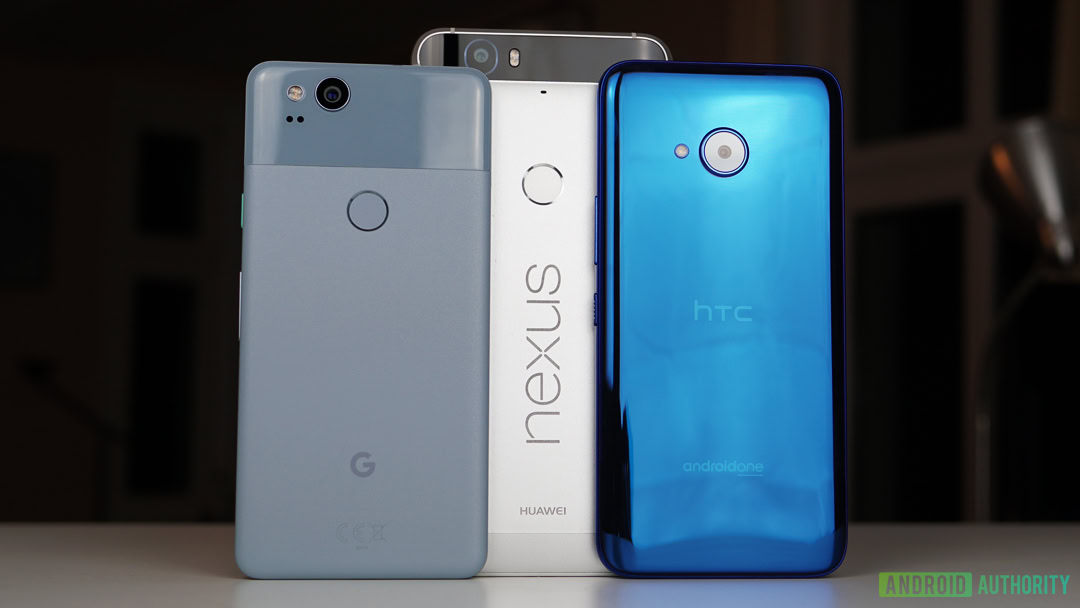
When Google abandoned the Nexus program a lot of its die-hard fans wanted to know why. Even when the Pixel series first emerged, many of us were still scratching our heads. Now, with the 20/20 hindsight afforded by Android One and Android Go, Google’s master plan is finally in focus.
Nexus devices offered relatively high-end specs in phones designed to best showcase Google’s vision of Android, which at the time was stock Android. For a while those phones were cheap and even toed the line of mainstream popularity, all without much promotion from Google. The rising popularity of the Nexus program may even have been what prompted Google to recalibrate its ambitions and develop the Pixel line in the first place.
Pixels are actually very similar to Nexus phones, mostly differing in terms of price and marketing approach. But Google still works with a manufacturing partner on the messy bits of actually building the phones. While Google PR would have you believe Pixel is a “phone by Google”, Pixel could more accurately be described as “a Nexus by any other name”.
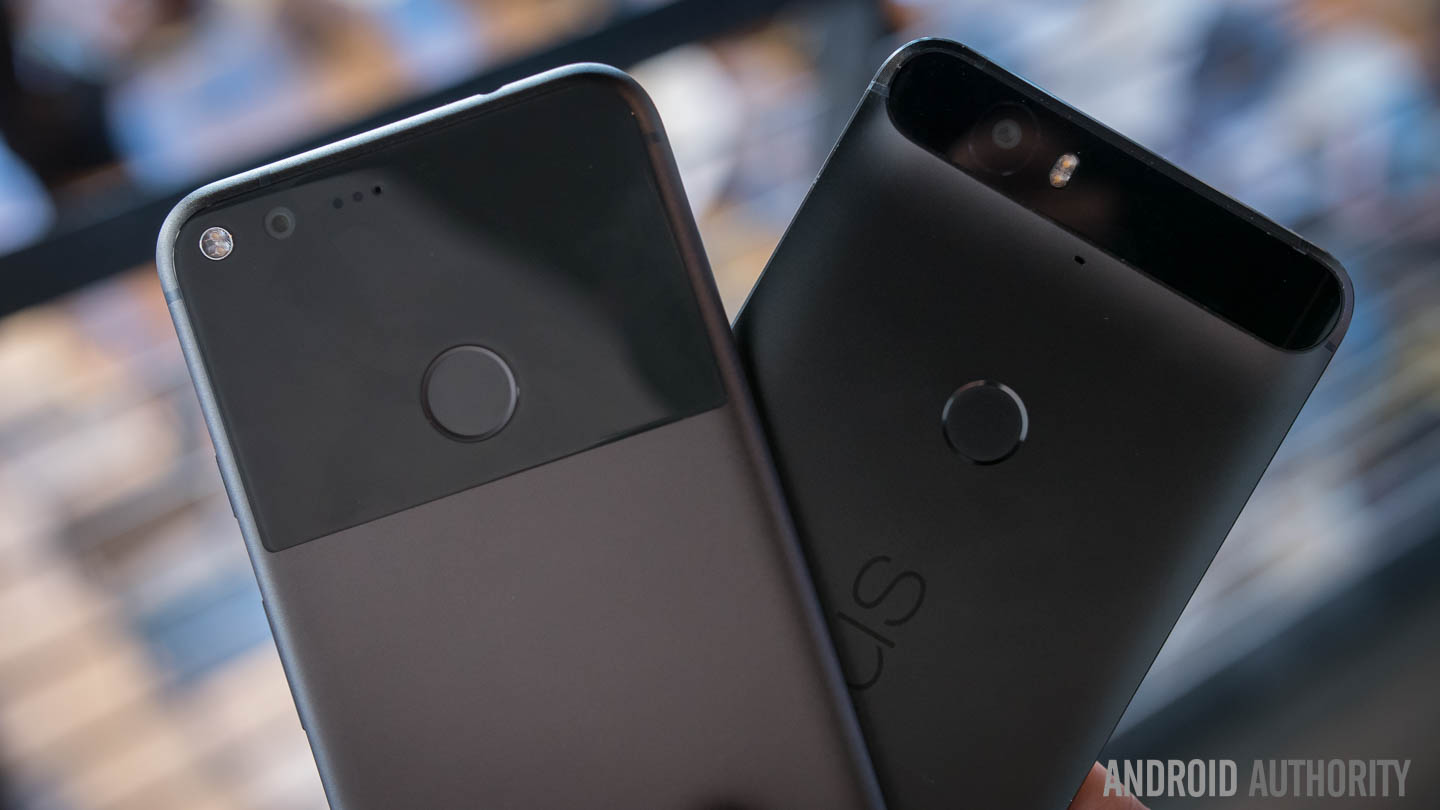
Google is typically reticent to share sales figures on anything but Chromecasts, so we can’t say to what degree the jacked-up advertising budget for Pixels has affected shipment numbers. Just before the new Pixels were announced, it was revealed that the first-gen Pixels accounted for just 0.7 percent of US smartphone subscriptions. By shifting to the rarified heights of the premium end of the spectrum, Google positioned itself in the same orbit as Apple and Samsung in terms of substance, if not in sales. That was never the case with Nexus.
Nexus needed a rebranding if it was ever to appeal to a mainstream smartphone-buying public
Looking back at the rather chaotic history of Nexus, we can start to divine how Google got to the Pixel line. There were cheap(ish) Nexus phones like the Nexus 4 and Nexus 5, followed by more “flagship-style” ones like the Nexus 6 and Nexus 6P just before the Pixel line was born. By the end of the Nexus program, Google had clearly settled on the high-end of the market, but Nexus needed a rebranding if it was ever to appeal to a mainstream smartphone-buying public. That’s what the shift to Pixel provided, even if underneath we’re still basically looking at Nexus phones.
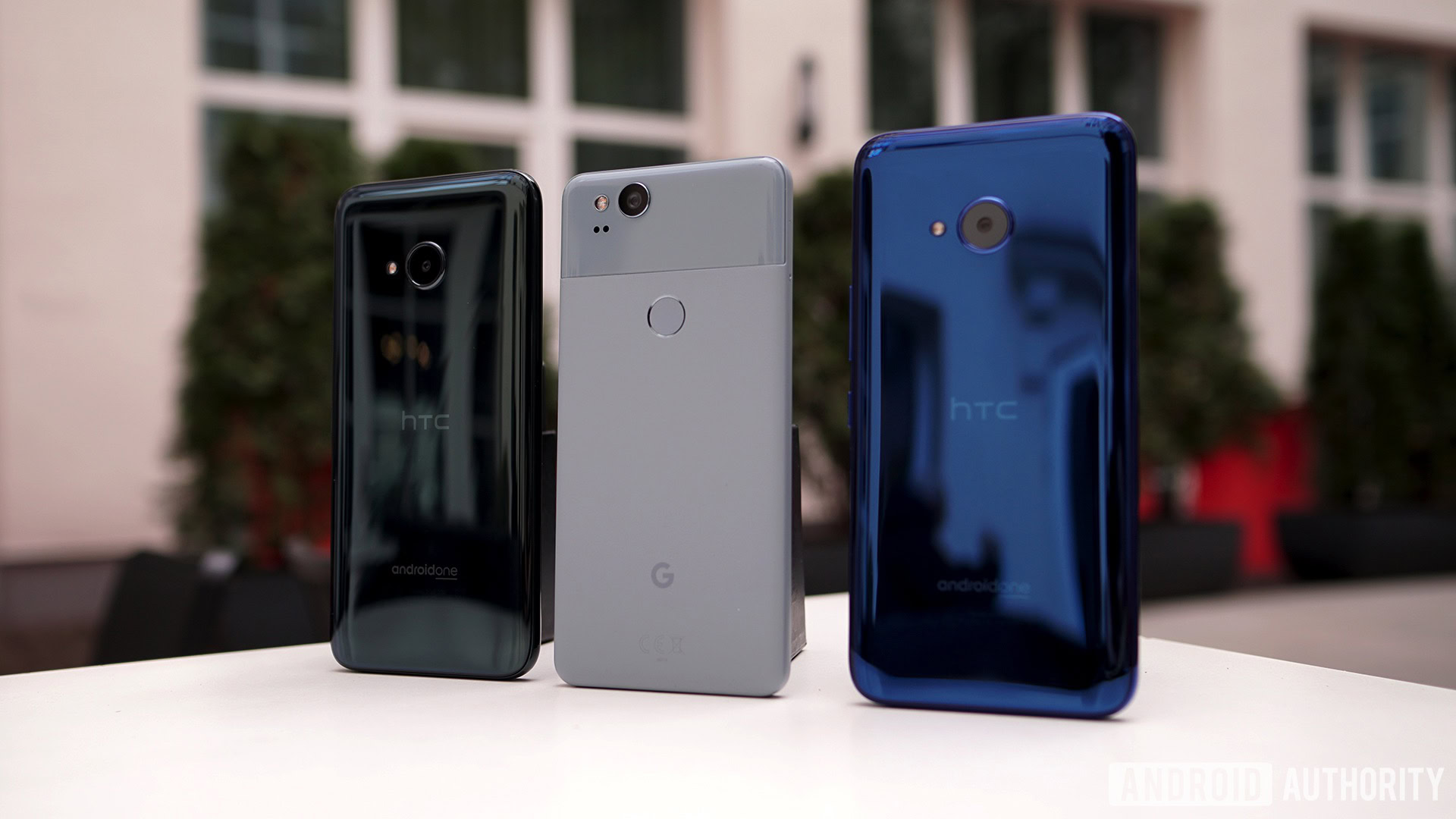
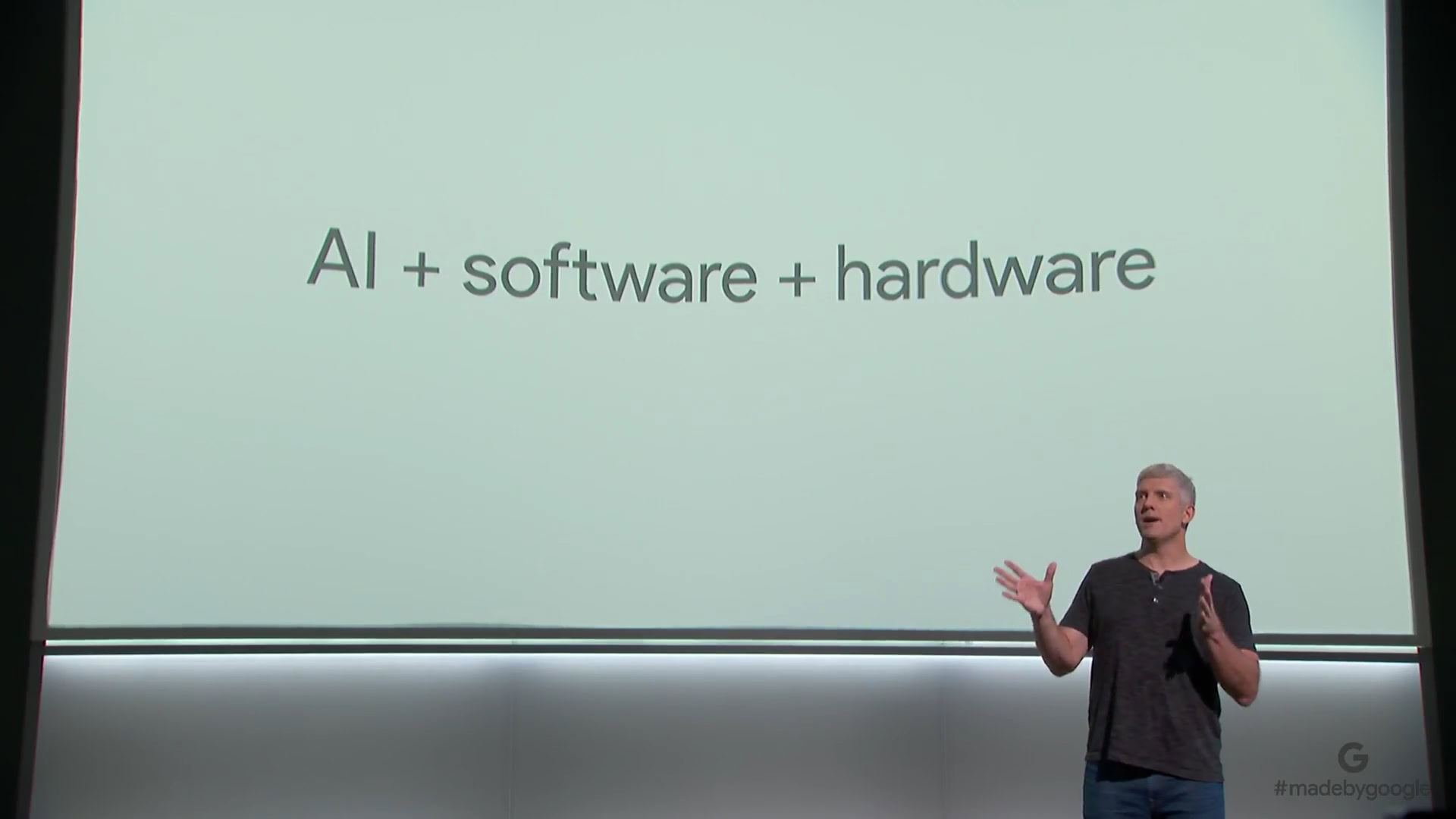
But what of the mid-range and entry-level markets, where most manufacturers make the vast bulk of their money and from where “the next billion” are most likely to come? Google hasn’t forgotten the more affordable segments of the market either, it’s just not serving them directly anymore.
Just as Nexus graduated to Pixel, Android One stepped in to fulfill a similar promise to the Nexus program, which was always more about software than hardware. The big difference is that Android One is open to any hardware maker that’s interested, which also means they can use their local market experience to ship handsets, something Google has never been particularly good at.
Android One's future has now been revealed at a different price point than where it began – just like Nexus
After a less-than-ideal start, Android One kind of disappeared for a while. With recent high-profile releases under the Android One banner from Xiaomi, Motorola and HTC, it’s back. But its future has now been revealed at a different price point than where it began – just like Nexus. The platform has even made its way to the US for the first time, delivering much of what Nexus used to: affordable hardware with Google’s preferred approach to Android onboard.
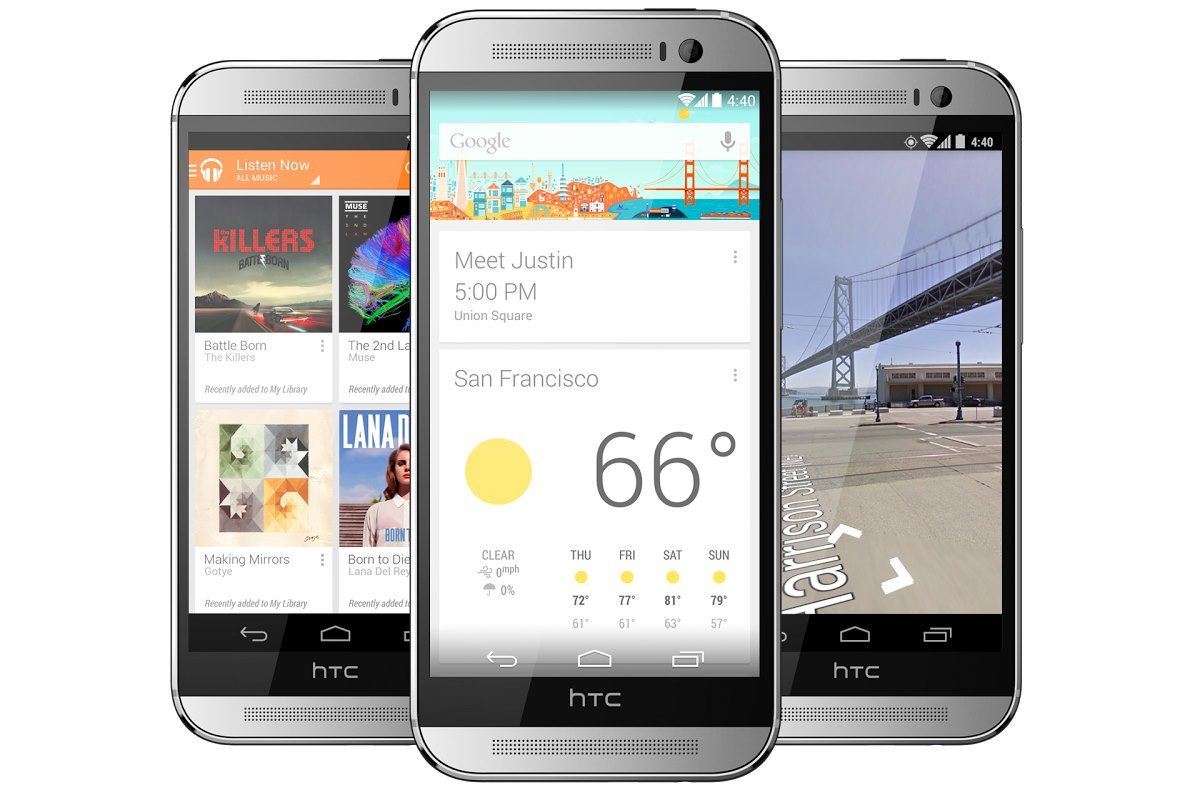
Nexus wasn’t really marketed much, relying on word of mouth among the tech aficionado and developer communities. Android One devices, like the Google Play Editions they so closely resemble, are marketed by their manufacturers like any other device in their product lineup. The Android One program’s marketing only increases those phones’ visibility by adding that “Google-approved” cache.
The Android One program is now aimed at providing a range of de facto mid-range Pixels
I don’t think we’ll be getting an actual mid-range Pixel. The Android One program now provides a range of de facto mid-range Pixels instead. As Android One moves up the food chain, its entry-level audience will be served by Android Go, Google’s new sub-$100 handset strategy. So just as Nexus became Pixel and Android One filled the void it left, Android Go will soon step in to replace Android One.
Android Go is essentially the software equivalent to Android One's original hardware promise
Android Go was unveiled during Google I/O earlier this year as essentially a software equivalent to Android One’s original hardware promise. It’s a super lightweight version of the OS designed for entry-level devices running 1 GB of RAM or less. Funnily enough, Google hinted this might happen almost two years ago.
Google has designed special Go versions of its suite of apps to run on this new stripped back version of Oreo to ensure an optimum software experience, no matter how threadbare your specs sheet. With a 2018 launch date, all low-end Android phones will begin shipping with Android Go out of the box starting next year.
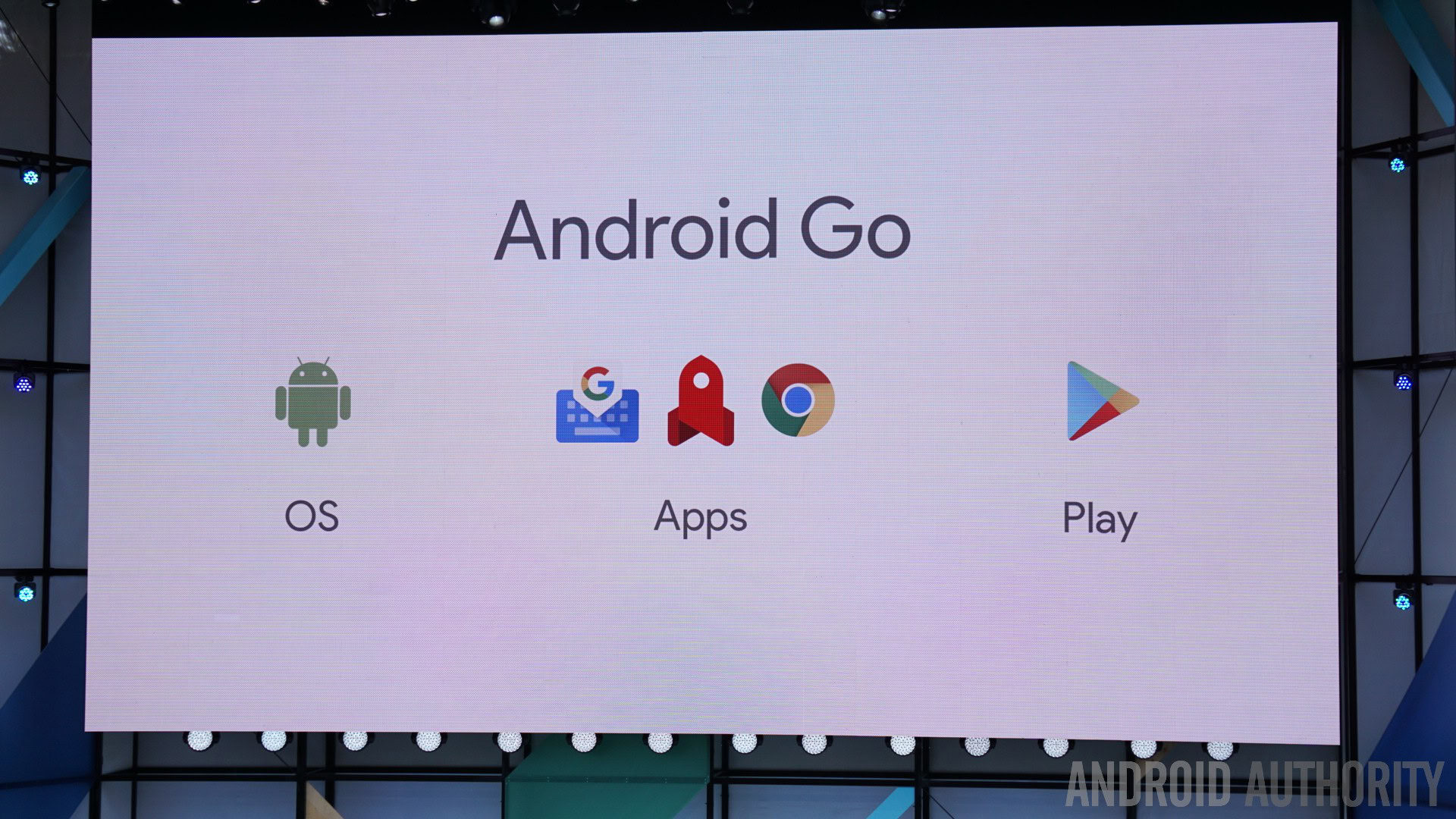
This strategy gives Google everything it wants. A niche, high-end device it has complete control over on which to best showcase its vision for Android (even if that is now Pixel-flavored rather than vanilla), with OEMs shipping its pared-back software experience in their mid-range and entry-level devices.
That these OEMs get to keep most of that sweet, sweet sales money in the valuable mid-range and entry-level market while Google handles software updates only sweetens the deal. Likewise, if the high-end Pixels prompt customers, retailers, and reviewers to laud the software experience Google provides over that of OEMs, it will only serve to further promote the Android-as-Google-wants-it mandate.
Decent mid-range and entry-level phones with reliable components and regular updates have long been a dream scenario
It’s ultimately a win-win-win scenario. Google provides a little bump in visibility and marketing while spreading its preferred (read: untainted) version of Android. OEMs assume all the risk in terms of investment and reward while passing off the burden of software support to Google. Consumers get guaranteed updates and security patches on Google-approved hardware and software. What could possibly be better?
Decent mid-range and entry-level phones with reliable components and regular updates have long been a dream scenario. Where Google Play Edition phones were expensive flagships running stock Android we now have Pixel. Android One covers the mid-range. Android Go is for everything else. If you’re not a fan of stock Android most Android One devices are also available in a manufacturer skinned version, like the two versions of the HTC U11 Life that Josh and I are in the midst of reviewing.
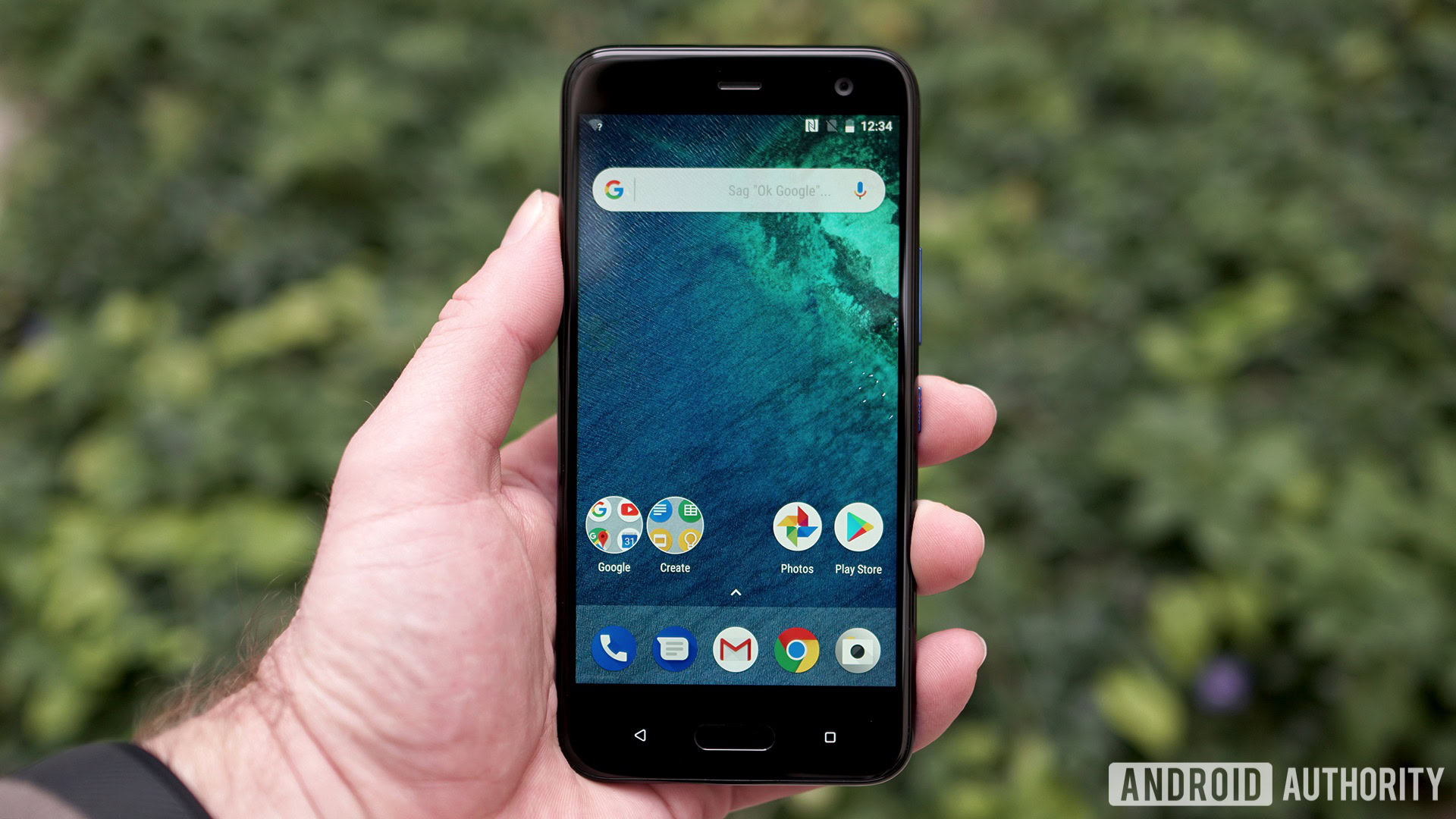
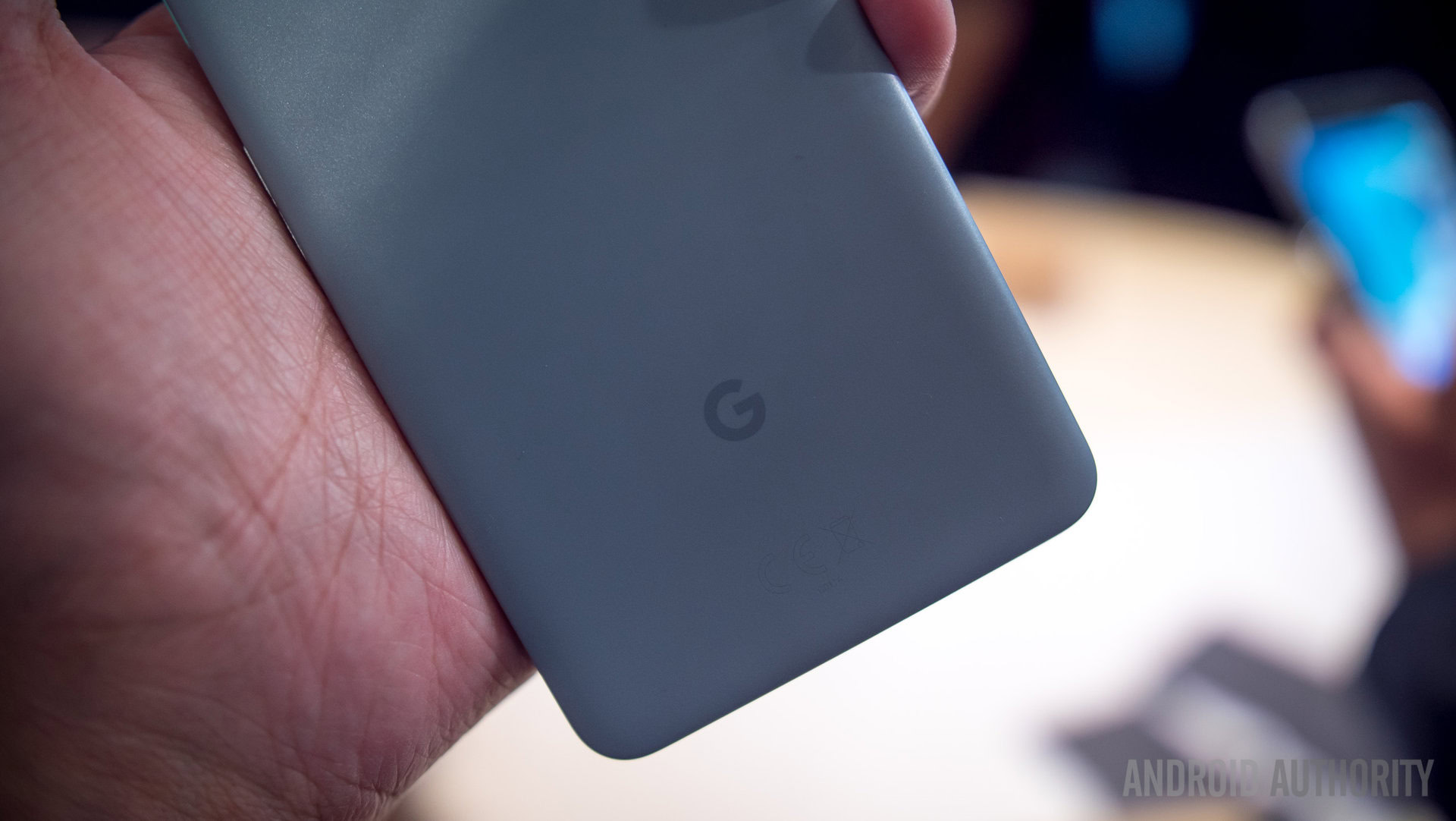
All of this has only recently been revealed as Google’s overarching plan, even if the company hinted at it 18 months ago. The killing off of Nexus; the arrival of Pixel; the appearance and subsequent disappearance of Android One; the revelation of Android Go earlier this year; it all seemed so random. Now that the dust has settled we’re finally seeing the big picture.
The funny thing is that Google’s smartphone strategy now is hardly any different than it was back in the Nexus days. Some names have changed and Google now has more effective ways of getting OEMs to put stock Android on their phones, but the general idea is unchanged: Google provides the example and OEMs fall in line behind it.
Google's smartphone strategy now is hardly any different than it was back in the Nexus days, it's just more effective
As Google transitions towards being an AI-first company, it’s going to need the tightly integrated network of high-end hardware, software, and AI the Pixel line provides to make that dream a reality. Android One allows Google to focus on the future while leaving the here and now up to someone else. Android Go works towards bringing the next billion online with a Google-approved Android experience.
Considering how all-over-the-place Google’s approach to things generally seems, this feels like an uncharacteristically well-executed master plan. Perhaps that’s why it took us so long to see it clearly. Or maybe, like those street-side shell games, the rapid movement and reshuffling just happened too fast for us to keep up. However it came about, Google finally looks to have a comprehensive and convincing plan for Android on its hands.